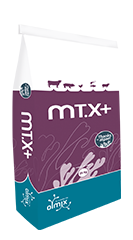MT.X+® The natural origin solution for mycotoxin risk management
Olmix mycotoxin solutions associate specific clay, algae and complementary selected materials to efficiently reduce the impact of mycotoxins, including the most difficult ones. The MT.X+® solution is incorporated directly into the feed or premix
The need for a solution to mycotoxin contamination in pig production
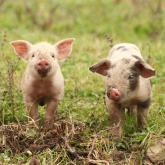
The situation
Mycotoxicosis in pigs
Mycotoxins limit pigs’ performance by reducing feed intake, growth and fertility rates, while undermining overall health.
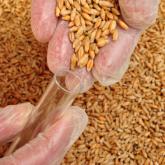
The challenge
Difficult to diagnose
Mycotoxicosis is difficult to diagnose as it can start at very low contamination levels. The combination of several toxins at low toxicity levels may be as harmful as a single mycotoxin at a high toxicity level.
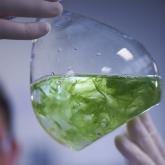
The solution
MT.X+®
Prevention is the best way to fight mycotoxins. The recommended approach is to monitor ingredients for contamination, while incorporating a solution with widescale effectiveness as prevention or cure. MT.X+® provides wide-spectrum adsorption without reducing the nutritional value of feed.
Using MT.X+® in pig production
Benefits
-
1
Improved growth and feed efficiency
-
2
Decreased mortality of new-born piglets
-
3
Better reproductive performance
-
4
Boosted natural defences
Farrowing rate (%) | Piglets born per litter
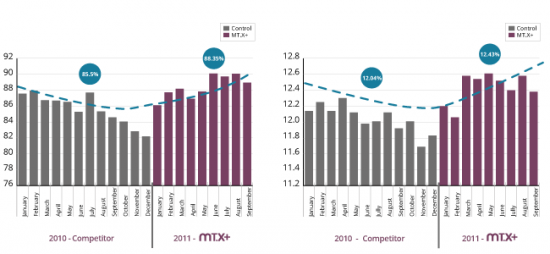
To be incorporated directly in feed by manufacturers
Directions for use
| Prevention of mycotoxicosis and/or symptoms of immunosuppression | Risk and/or symptoms of mycotoxicosis | |
| Sows and piglets | 1 kg per tonne | 1.5-2 kg per tonne |
| Fattening pigs | 0.5 kg per tonne | 1.5-2 kg per tonne |
The Olmix Technical Department will help you optimize the inclusion rate of MT.X+® in your feed to suit your farm and expected results.
Packaging
Mycotoxins in pig production
How mycotoxins can reduce productivity in nurseries and fattening sites.
Press
Latest news
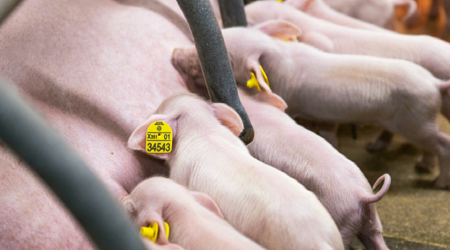
Decrease the transfer of mycotoxins from sows to piglets with algoclay
08-07-2022Algoclay technology has proved to decrease mycotoxin transfer from sows to piglets.
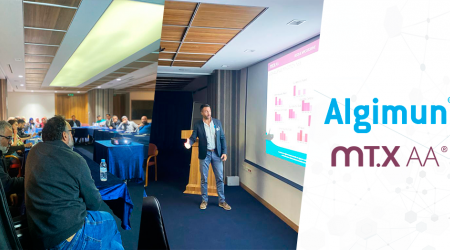
Olmix launches new solutions for animal immunity and mycotoxin risk management in Morocco
19-05-2022PRESS RELEASE
Algimun® and MT.X AA®, both now available in the country.
Local regulations should be consulted concerning the status of this product in the country of destination. All information only for export outside Europe, USA and Canada.
Usable in organic farming in compliance with the EC regulations No 834/2007 and No 889/2008.


